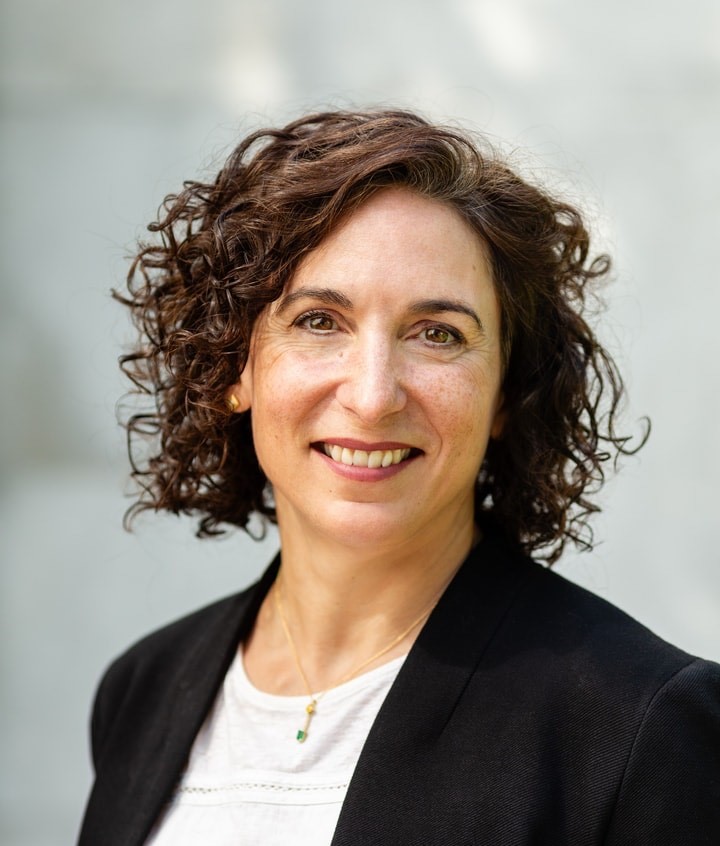
Find more great Horn Book content at these links:
Recommended books: reviews and themed booklists
App and e-book reviews
Movie reviews
Event news and recaps
Events calendar
Antiracist Baby and "didactic intent"
Regardless of your politics, for those of us invested in children's literature, watching Ted Cruz’s questioning of Supreme Court nominee Ketanji Brown Jackson earlier this week was a bit surreal.
 I mean, children’s books make their way into culture-wars debates all the time, but that usually happens in the once-sleepy contexts of school board meetings, not highly televised Supreme Court nomination hearings. As he made his way through a line of questioning about critical race theory, Cruz homed in on one book in particular, a picture book called Antiracist Baby by Ibram X. Kendi and illustrated by Ashley Lukashevsky. Cruz was attempting to make a throughline from the critical race theory (CRT) taught in law school and other graduate-level programs to picture books that were approved by a school on which Jackson is a board member. This picture book, in particular, Cruz said, was “stunning” (i.e. shocking) for its supposed promotion of CRT.
I mean, children’s books make their way into culture-wars debates all the time, but that usually happens in the once-sleepy contexts of school board meetings, not highly televised Supreme Court nomination hearings. As he made his way through a line of questioning about critical race theory, Cruz homed in on one book in particular, a picture book called Antiracist Baby by Ibram X. Kendi and illustrated by Ashley Lukashevsky. Cruz was attempting to make a throughline from the critical race theory (CRT) taught in law school and other graduate-level programs to picture books that were approved by a school on which Jackson is a board member. This picture book, in particular, Cruz said, was “stunning” (i.e. shocking) for its supposed promotion of CRT.
Antiracist Baby doesn’t hide its politics but puts them front and center with the claim that racists are “bred, not born.” In other words, we internalize racist ideas as we grow. The book puts forth nine things that can be done to “make equity a reality.” This is not a subtle book; it’s in your face and not going away with its message that we all have hard work to do to become aware of our privilege and to check our biases.
In a November 2020 Calling Caldecott blog post, Elisa Gall and Jonathan Hunt discuss the role that children’s books play in socialization; it’s not uncommon for children’s literature to put forth self-affirming messages that can border on preachy. In their conversation, Gall asks a series of questions: “Children's books are always playing a role in the socialization of young people, and every book has a message. Is the message subtle? Subtle for whom? Is it heavy-handed? For whom? Is it popular? For whom?”
Children’s books can often be heavy-handed with messages to treat each other with kindness, to share, or to not bully one another about differences. They get preachy, and these books are pushed by adults onto children, who receive these didactic messages.
These are all good things, right?
Apparently not. When a children’s book that promotes anti-racist values is vilified, it raises some disturbing questions.
Seeing the images of Cruz with large prints of Kendi and Lukashevsky’s book propped on an easel behind him thrust children’s literature into an unnatural spotlight. It was a weird moment, surreal even. Is this book on trial, I wondered? What does this book signify in our culture right now?
We are at a moment in which more and more children’s books affirm the myriad of identities that people have. We still have much work to do in making publishing more diverse, but there are beginning to be more books that don’t center a white character and their experience of the world.
Because we are not all from the same background; and to never see yourself and your experiences represented in literature or other cultural formats has the effect of making you feel invisible and not worthy of representation — which is a form of erasure and violence.
Sure, books such as Antiracist Baby are didactic as hell, but they are doing the work of socializing kids on race consciousness in a post-George Floyd world. Like it or not, this is where we are right now. Racism hasn’t gone away; it wasn’t solved by the civil rights era. These books say: racism is still a problem, we need to be aware of it, and we all have work to do to fight racism. This should never be an idea we are ashamed of; it should never be a dangerous or disturbing idea, but one we should strive to embrace.

ALREADY A SUBSCRIBER? LOG IN
We are currently offering this content for free. Sign up now to activate your personal profile, where you can save articles for future viewing.







Add Comment :-
Comment Policy:
Comment should not be empty !!!